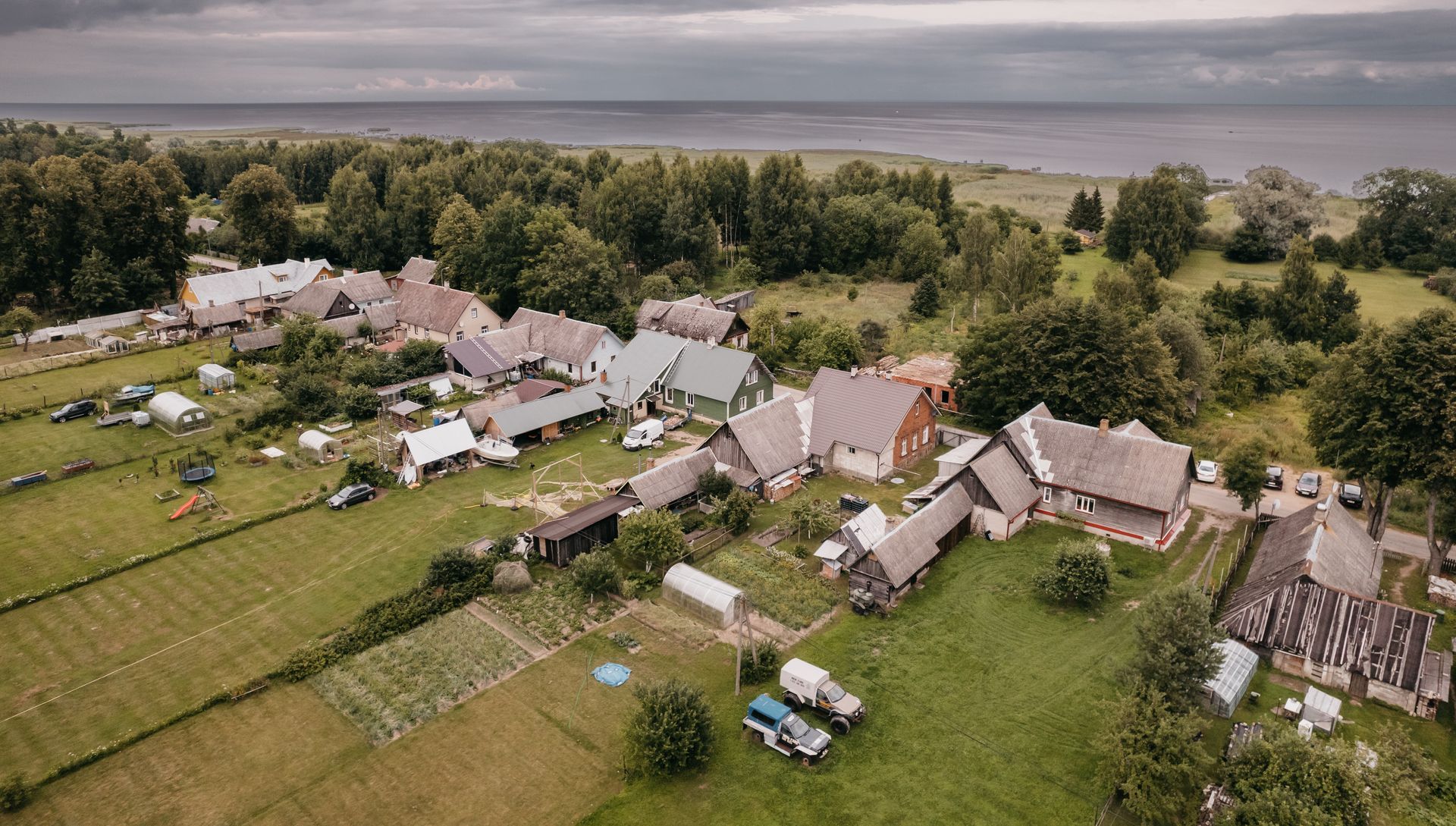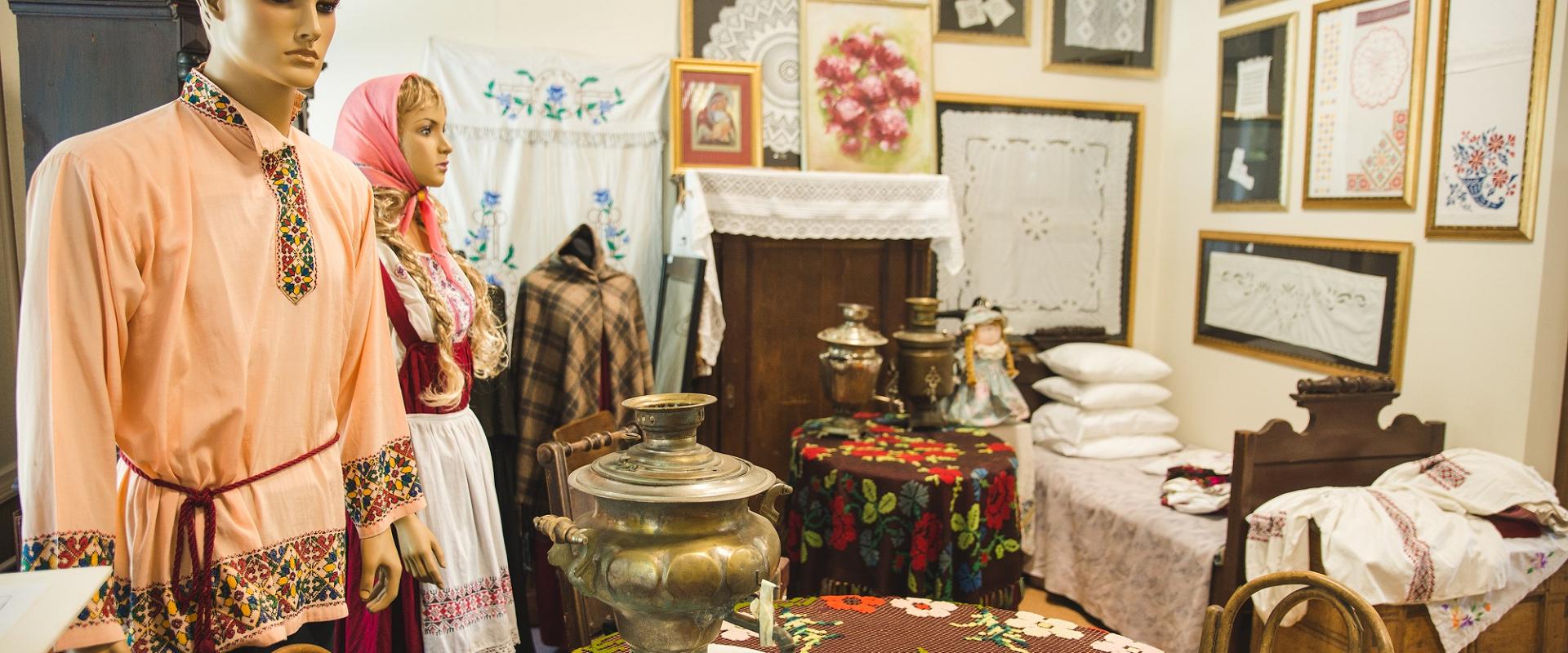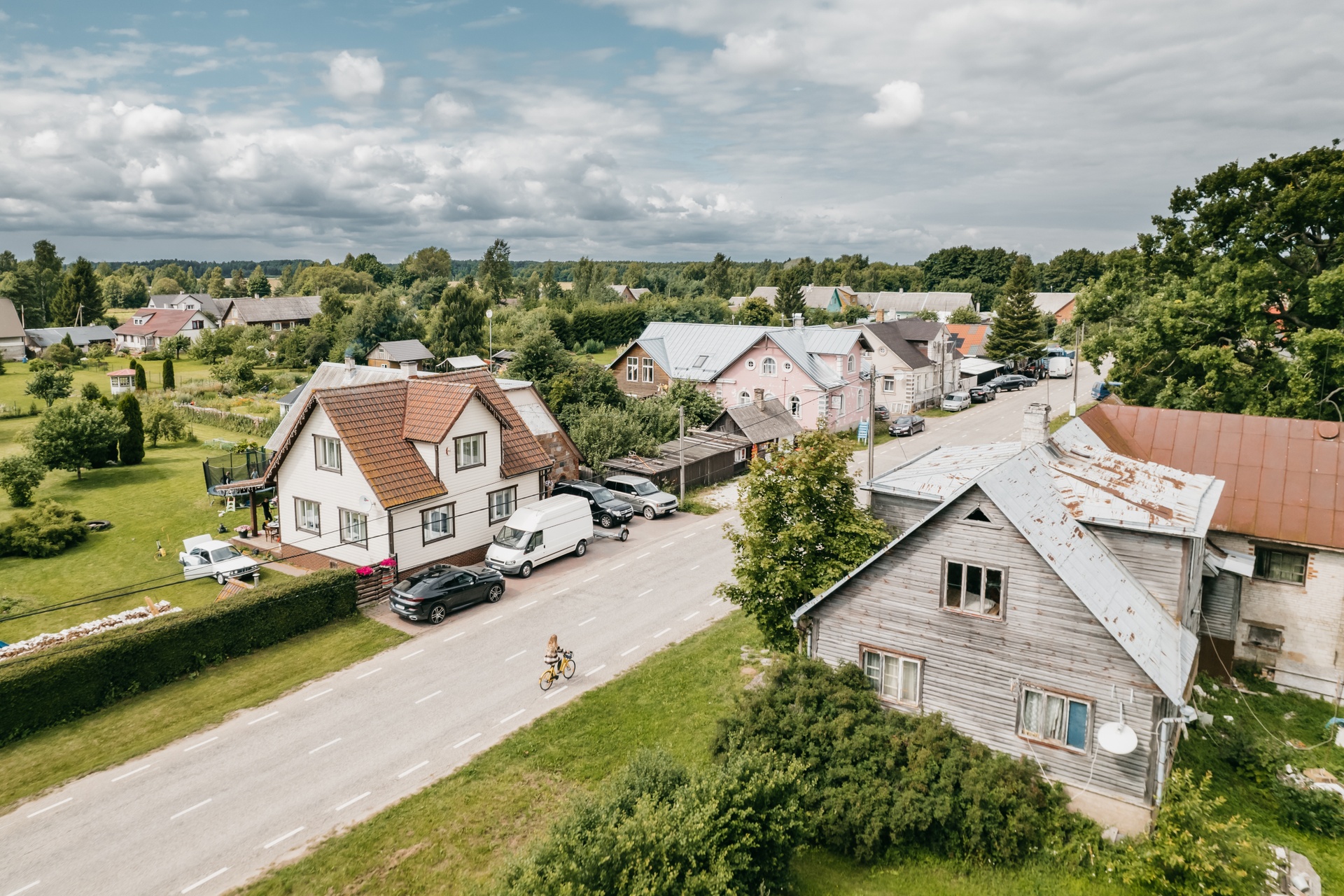
Who are Estonia's Old Believers?
Tucked up along the western shore of Lake Peipsi runs a lonely road known locally as the Onion Route. This is home to the Old Believers.
Onion route connects a string of small villages whose history dates back to the 17th century.
These villages are home to the Old Believers, descendants of religious exiles who left Russia after facing persecution in the 1600s. While much has changed in the world since then, these communities still maintain customs and traditions dating back hundreds of years.

Why did the Old Believers come to Estonia?
In 1652, a number of reforms were introduced to the Russian Orthodox Church. Ceremonies and religious texts were altered and certain traditions changed. For example, the sign of the cross would be made with three fingers instead of two, and the tradition of prayer with low sweeping bows was eliminated.
From a modern-day perspective, these changes seem trivial. At the time, some believers considered these changes a fundamental rejection of their faith. They protested, but the reforms were ratified, leading to a division in the Church. Those who adhered to the original traditions came to be known as the Old Believers.
In the years following the reforms, Old Believers were persecuted, tortured, and even executed. Some were burned alive; others had their hands and tongues cut off. Many fled to the edges of the Russian Empire; some fled even further. Old Believer communities were established as far away as Argentina, the United States, and Canada. It wasn't until 1971 that the 1667 ban on the Old Believer faith was finally lifted.

Source: Hans Markus Antson
Unique Old Believer traditions
Today there are about 15,000 Old Believers and 11 registered parishes in Estonia. More tradition than belief unites them these days. If you travel along the road connecting Mustvee to Varnja, you can observe some of these unique, centuries-old traditions.
Icon-adorned worship houses
Worship houses are the center of the Old Believer's religious life. Services are led by a church elder, who may be a man or woman, though only male elders may perform some ceremonies, such as baptism or confession. Worship houses are decorated with ornate icons, an important aspect of the Old Believer faith. Services are long and serious, featuring unanimous choir singing from ancient Slavonic sheet music. You can visit the worship houses in Kasepää, Kallaste, and Rajaküla.

Source: Magnus Heinmets
Tea, onions, and fish
When visiting the house of an Old Believer, you must bring your own dishes and utensils. You may not drink coffee or smoke, but you can enjoy tea brewed in a samovar. The tea is delicious accompanied by special sweets made out of boiled, whipped sugar. Visit the Samovar House in Varnja to learn about the history of samovars while enjoying a hot cup of tea.
As Estonians occupied the more fertile farmland near Lake Peipsi, the Old Believers settled along the shore. The men took to fishing, and today fresh-caught, dried, or smoked fish can be found for sale along the village roads. The sandy soil doesn't yield many crops, except onions. Today onions grown by Old Believers are the best — and most expensive — in Estonia, and the reason why the road connecting their villages is called the Onion Route. Kostja Onion Farm keeps this tradition alive, offering tours to visitors and mouthwatering onion pies — be sure to call ahead and pre-order!

Source: Hans Markus Antson

Where can you learn more about Old Believers in Estonia?
To get a feel for this special part of Estonia, rent a car and spend a day driving the Onion Route. Stops at the Peipsimaa Visitor Centre and the Museum of Old Believers are a must. Both are located in Kolkja. The museum reopened in 2023 after three years of renovations. Their exhibition features photos, handicrafts, clothes, and tools donated by Old Believers, and they offer a virtual reality experience of a prayer service at the Great Kolkja Prayer House. At the visitor centre, you can learn more about Old Believer handicrafts by taking a workshop on lubok, a type of hand-painted woodblock print.
For a one-of-a-kind cultural experience, take a trip to Piirissaar, a small island on Lake Peipus. A tiny Old Believer community inhabits the island year-round. The isolation has helped them maintain their culture and centuries-old traditions.
In Tallinn you can head on over to the Open Air Museum's Old Believer's farmhouse. This well-preserved home from the village of Kallaste was relocated to the museum in 1991.
Read more about Old Believers
Last updated
15.05.2024